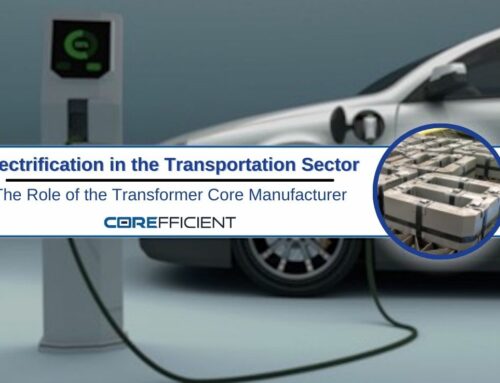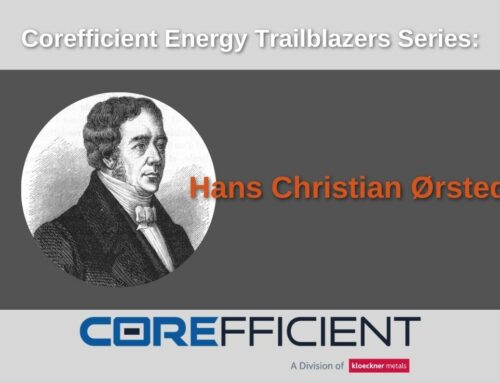“Transformer energy performance standards being introduced all around the world are spurring transformer manufacturers, as well as their electrical steel, cable and coil winding equipment suppliers, to rethink materials, designs and manufacturing methods in a bid to balance performance with cost.”
– Manufacturing Tomorrow
When the U.S. became the first market in the world to enact legislation on energy performance in 2010, it initiated a shockwve of global energy regulations that are transforming the future of the transformer industry.
In a recent article published by Manufacturing Tomorrow, specialists in the transformer industry from the EU discuss the recent accomplishments and their take on the future of the industry’s path to innovation that was spurred by U.S. DoE regulations five years ago. These regulations have since caused leading transformer manufacturers such as Japan, the EU, and Europe to follow suit in developing their own energy standards for industrial transformers, with major players like China and India making their own recommendations to utilities as well.
 While U.S. regulations focus more broadly on total efficiency, the European Committee for Electrotechnical Standardization is honing in on Minimum Energy Performance Standard (MEPS) for their transformer industry, including core and winding standards for distribution transformers. These regulations create a more standardized product in the European market, causing many global consumers to view these changes as only beneficial to the manufacturers. In fact, though, these regulations – in Europe and around the world – are mutually beneficial to everyone from suppliers to consumers as we move toward global sustainability through reduced energy consumption, improved efficiency, and reduced total cost.
While U.S. regulations focus more broadly on total efficiency, the European Committee for Electrotechnical Standardization is honing in on Minimum Energy Performance Standard (MEPS) for their transformer industry, including core and winding standards for distribution transformers. These regulations create a more standardized product in the European market, causing many global consumers to view these changes as only beneficial to the manufacturers. In fact, though, these regulations – in Europe and around the world – are mutually beneficial to everyone from suppliers to consumers as we move toward global sustainability through reduced energy consumption, improved efficiency, and reduced total cost.
“Regulation is not a problem but an opportunity to advance the level of the market,” concludes the article. Higher quality grades of electrical steel, for example, are dominating the innovative trailblaze with a future focus on improved core winding techniques and manufacturing predicted to follow soon.
One thing is certain: Corefficient has already proved to be up to the challenge of increased energy regulations by not only manufacturing a product that adheres to the latest DoE regulations and specifications, but by maintaining a continuous commitment to innovation and electrical transformer efficiency in the communal effort toward global sustainability.





